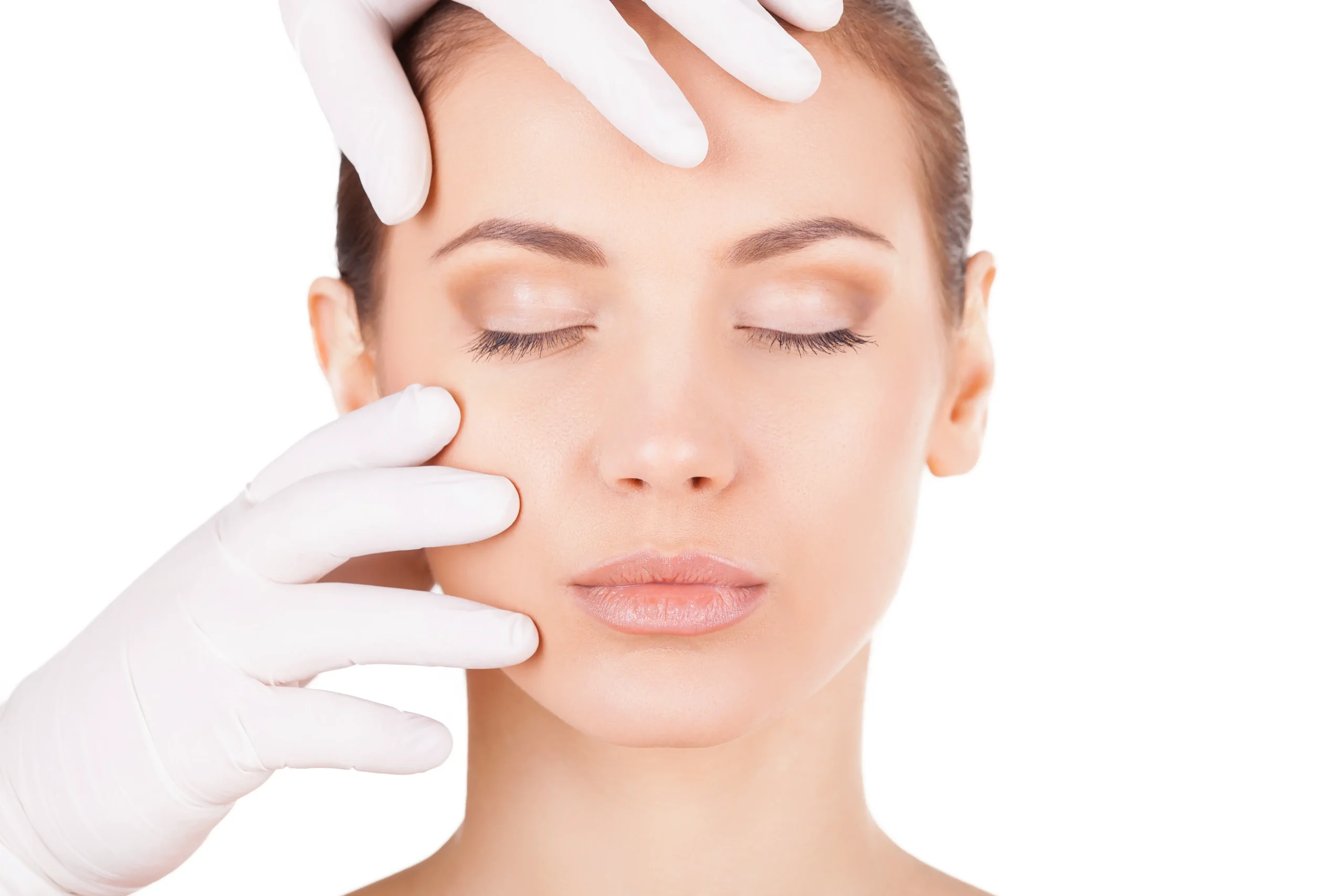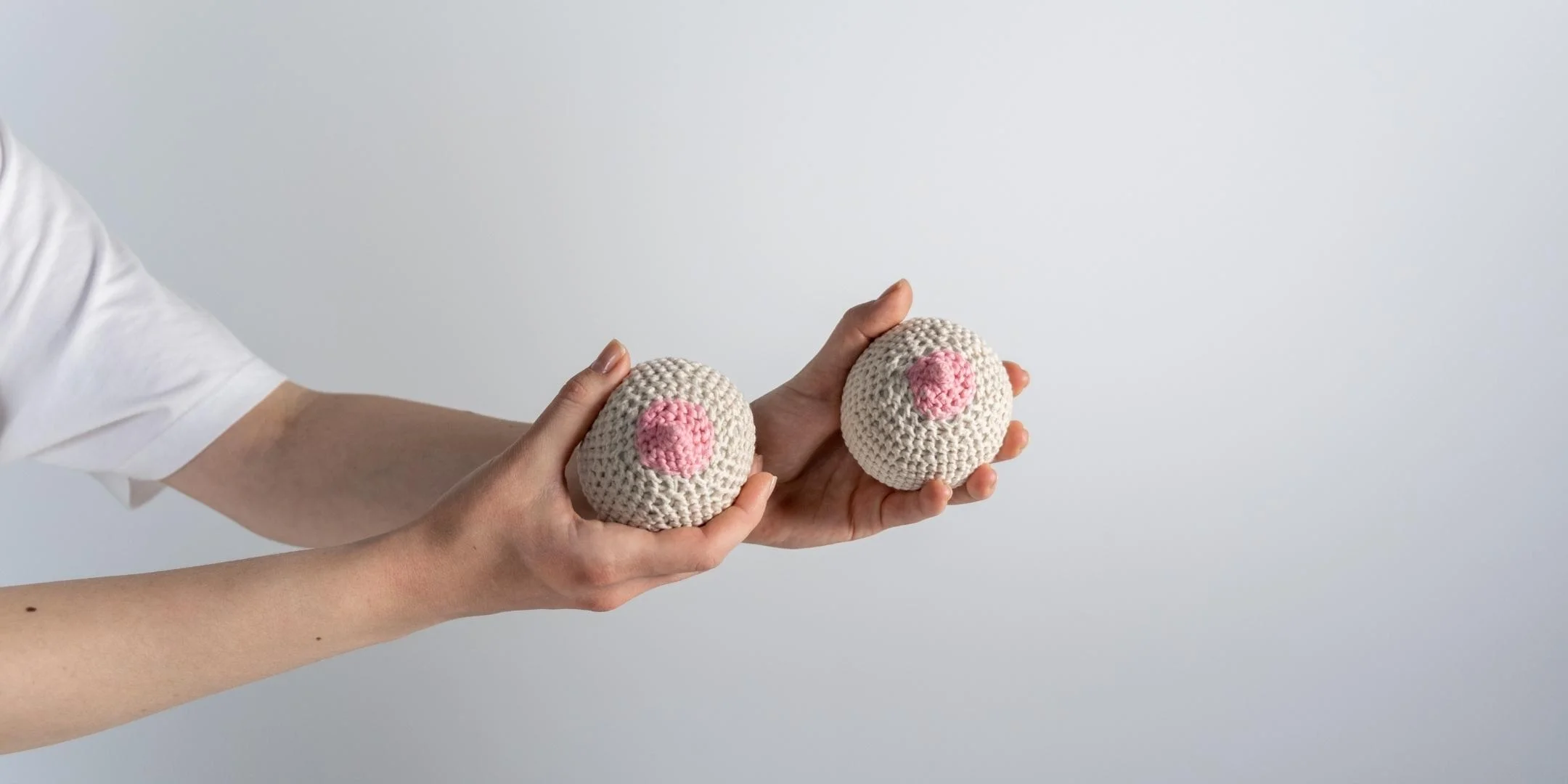We asked five top, board-certified plastic surgeons for their recommendations on how best to address the following adult skin care problems. This is what they had to tell us.
How can I get rid of sun spots?
Sun spots occur due to an accumulation of sun/free radical damage. Make-up will hide the problem to a certain extent, but I prefer to address discoloration with a combination of retinol, kojic acid and vitamin C to produce a topical homecare solution.
I also try to avoid hydroquinone for most of my patients as it can be hard to procure these days. For a variety of reasons many pharmacies have chosen to reduce their stock. Also, if not used correctly, hydroquinone can cause a white halo to form around dark spots while worsening the darkened areas themselves should your skin be exposed to the sun unprotected.
For in-office fixes, I find chemical peels, laser and/or SilkPeels to be amazing solutions.
 Dr. Julius Few, Founder of The Few Institute, New York & Chicago
Dr. Julius Few, Founder of The Few Institute, New York & Chicago
What treatments do you recommend for dark circles under the eyes?
Dark circles appear under the eyes for a number of reasons and can be treated in different ways. First, the fat around the eyeball can start to droop and become “baggy”. This condition can be treated with a relatively simple 30-minute surgical procedure to reduce the fat.
Secondly, laser resurfacing can be performed under the eyes to reduce the appearance of lines and sometimes address discoloration of the eyelid skin as well – although the procedure won’t work for people with dark skin.
Finally, the appearance of circles is often magnified by the loss of fat over the cheekbones and creases near the eyes. This condition can be improved through fat transfers or filler injections to smooth out the creasing. When one or all three procedures are performed the appearance of those dark circles is often drastically improved.
 Dr. Andrew Miller, Associates in Plastic Surgery, New York & New Jersey
Dr. Andrew Miller, Associates in Plastic Surgery, New York & New Jersey
How can I get rid of the parentheses around my mouth?
You actually have several options:
- Fillers. The most common treatment for marionette lines and mouth area wrinkles is fillers such as Juvederm. I prefer using hyaluronic acid-based fillers as opposed to anything else on the market as they lend a smooth natural appearance. Depending on the depth of the lines, one or two vials of filler may suffice. One advantage of this treatment is that it provides instant gratification, although the effects may not last much longer than a year.
- Dermal-fat grafts. I use these when I’m performing facelifts or any procedure that offers the opportunity to harvest the patient’s own dermis and fat. In such cases, I’ll prepare two small grafts that can be inserted under the skin to permanently efface the lines. This provides a permanent solution with natural results.
- Facelift. The facelift procedure by itself eliminates or significantly improves the lines by lifting the soft tissues of the cheek.
- Cheek implants. I typically use cheek implants made of silicone. They naturally contour the cheek bones while compensating for the loss of soft tissue and bone that occurs over time. Along with the desired contouring effect they significantly improve the parenthesis lines around the mouth.
- Fat injections. This option offers a permanent filling effect to the lines. That said, it’s important to note that because 40-60% of the fat is reabsorbed, it’s imperative that the fat be over-injected at first in order to reach the desired volume over the course of a two to three-month period. This, however, is not my preferred approach to the problem because fat as a filler is predictably unpredictable.
These solutions all need to be thoroughly discussed with the patient. Ultimately, an option is chosen based on the patient’s expectation and depending on the context and the site of treatment – in the office or in the operating room.
 Dr. Vartan Mardirossian, Mardirossian Facial Aesthetics, Jupiter, FL
Dr. Vartan Mardirossian, Mardirossian Facial Aesthetics, Jupiter, FL
What can be done to treat adult acne?
Not a week goes by when I don’t hear numerous patients complaining of adult acne breakouts. Fortunately, my patients have been getting great results with Sciton’s Forever Clear Broad Band Light (BBL). It’s a genuinely innovative alternative to topical antibiotic treatments. In one 15-minute session, a blue light wavelength (420 nm) is passed over the affected areas to attack acne-producing bacteria in the pores. The treatment is completely customizable – if a patient’s skin is inflamed and reddish in the area around the acne breakout, I’ll include another treatment utilizing green light (560nm) to reduce or remove any redness. I might also use orange light (590nm), which can minimize the production of oil if patients have cysts.
I suggest that patients undergo a series of six to eight weekly treatments, with occasional touch-ups every six months. These treatments are easy to tolerate, with only minimal discomfort and almost no down-time. Most patients are red for an hour or two immediately afterward, but they can always just apply a bit of makeup to the area and go on with their daily routine.
Dr. Mark Schwartz , MD, FACS, Clinical Assistant Professor of Plastic Surgery at Weill Cornell Medical College,Plastic & Reconstructive Surgery, New York, NY
, MD, FACS, Clinical Assistant Professor of Plastic Surgery at Weill Cornell Medical College,Plastic & Reconstructive Surgery, New York, NY
Is there a budget-friendly way to get rid of wrinkles?
It’s very difficult to “get rid” of wrinkles without deep resurfacing, as this implies an absolute removal. There are, however, a few things that can be done to minimize fine wrinkles, with the most budget-friendly approach being a good moisturizer. When applied daily over a period of several months, Retin A can also be very effective.
Moving on up the ladder of effectiveness are things like microneedling, light chemical peels, and fractionated CO2 lasers. Microneedling has essentially no recovery period and is akin to resurfacing a lawn and applying fertilizer, while peels and CO2 lasers have slightly longer recovery periods and are considered the gold standard among deeper wrinkling procedures. At the same time a lot of people in their 20s and 30s are using Botox as a prophylaxis to prevent long-term wrinkling.
 Dr. Edwin F. Williams III, President of the American Academy of Facial Plastic and Reconstructive Surgery (AAFPRS)
Dr. Edwin F. Williams III, President of the American Academy of Facial Plastic and Reconstructive Surgery (AAFPRS)









